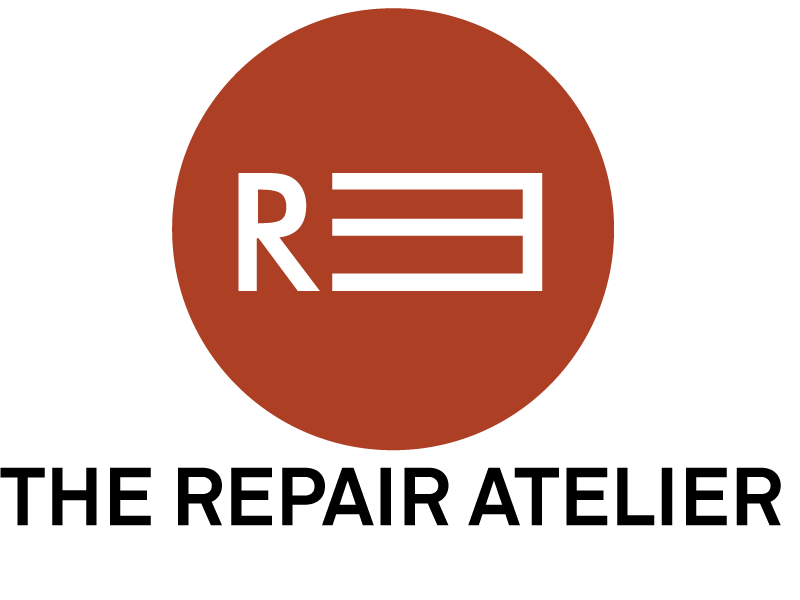On Quilting
By Zoë Pulley
Quilting is a tradition that goes back at least three generations within my family. In 1929, my great grandmother, Ma Fannie, created a quilt for her son, my grandfather Charles Pulley. That quilt was then passed to his sister, my Great Aunt Steen, and eventually passed along to my father, Brett Pulley. I vividly recall my father showing my sister and me the blanket while standing in a room on the third floor of my childhood home. He took it down from a shelf in the closet of his office, carefully removing the textile from its cardboard box and vinyl plastic bag to reveal a multi-colored work that has withstood years of wear, ownership, and care. Reflecting on that moment, I now recognize that quilting is a practice of preservation. The African American quilting tradition has lent itself as a cultural guide to a larger lexicon of memory, kinship, and history within the Black American experience—quilting presenting a means for Black women to construct both a personal and collective narrative. Whether this practice is viewed in its most literal sense, as exemplified through my great grandmother’s quilt, or in the more pervasive modes in which slave women utilized this craft as a means to quite literally survive, quilting imparts a nuanced connotation of repair—that repair is a conscious and mutual act of self-preservation.

